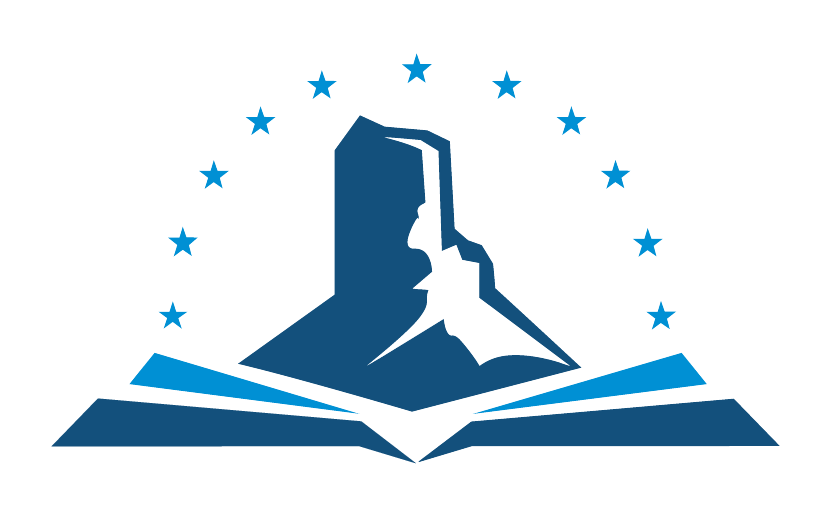Title I
WHAT IS TITLE I?
Title I is a federal education program under the Elementary and Secondary Education Act (ESEA) of 1965 reauthorized as No Child Left Behind (NCLB) in 2001.
The financial assistance provided through Title I funding is determined by the percentage of low-income families, which is calculated through the annual qualifying free and reduced lunch applications.
The funding is used towards staff that work in interventions and extensions. It also provides resources for reading and math.
Title I is based on three important ideas:
All students should have a fair, equal and significant opportunity to obtain a high quality education and to reach, at minimum, proficiency on state academic standards and objectives.
Local districts, schools and parents know best what their students need to succeed. The Title I program allows them to decide how to use these funds to implement evidence-based practices to help students who are failing or who are at risk of failing in school.
Parents are partners in helping all students achieve. They have the right to participate in their school’s Title I program, and a responsibility to help their children succeed in school.
HOW CAN PARENTS PARTICIPATE?
Serve on the School Community Council to assist with important decisions concerning our school
Attend Back to School Night, conferences, and other school activities
Connect with the communication being provided through:
Weekly take home folders, newsletters, etc.
District and school website
Our school’s Facebook page
Progress and report cards
Parent link
Review the information provided by our classroom teachers in regards to curriculum standards and assessments
Access and or review the provided reports of individual student proficiencies
WHAT ARE YOUR RIGHTS AS PARENTS/GUARDIANS UNDER TITLE I?
To receive descriptions and/or explanations of assessments that are used to measure student progress
To receive information about your child’s level of achievement or academic growth
Upon request, meetings to provide suggestions and to participate in decisions related to your child’s education
To provide feedback about the Engagement Protocol and/or the Student-Parent-School Compact
To be notified if your child is being taught by a teacher who has not completed the state’s licensure process
PARENT RESOURCES:
